The versatility, functionality and flexibility of geometric patterns have made themselves one of the common elements in design. As simple as the geometric shapes are, there are many ways to use geometric patterns in a design, whether it be bringing life to the design as a supporting role or taking the centre stage as the main visual. Here we have rounded up several ideas on how to use geometric patterns to enhance the design of your brand.
Before we dive in to the uses of geometric patterns in design, let’s take a look at the specific meaning of each shape as suggested by Siddanth Pillai.
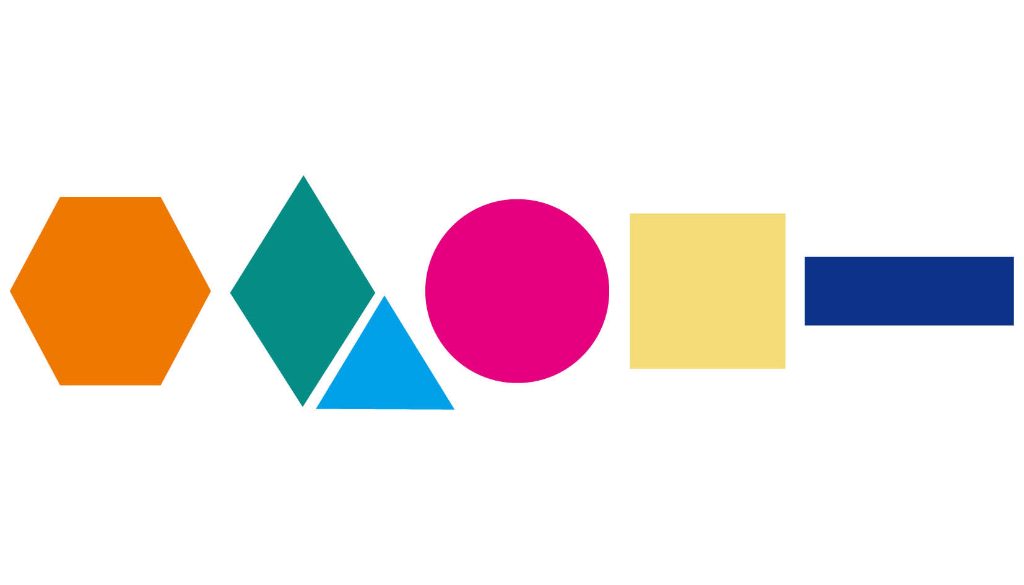
• Hexagon: unity and balance
• Rhombus: vibrancy and contemporariness
• Triangle: stability, strength and energy
• Circle: Infinity, harmony, love and perfection
• Square, Rectangle: balance and tradition
1) Build logos/symbols
Geometric shapes work wonder in the world of logos and symbols. Quite a number of brands’ logo are comprised of geometric shapes. Different shapes can constitute a logo masterpiece of different styles. You can play around with symmetrical and balanced geometry, 3D geometry and other characteristics of geometric shapes to create something different. For example, we used cube shapes to form the logo for Luxe Travel to create a 3D visual. Another outstanding example is the City of Melbourne logo by Landor Associates. The designer designed the logo for the city using quite a number of geometric patterns to fill the ‘M’ shape, giving it a stylish and modern look.
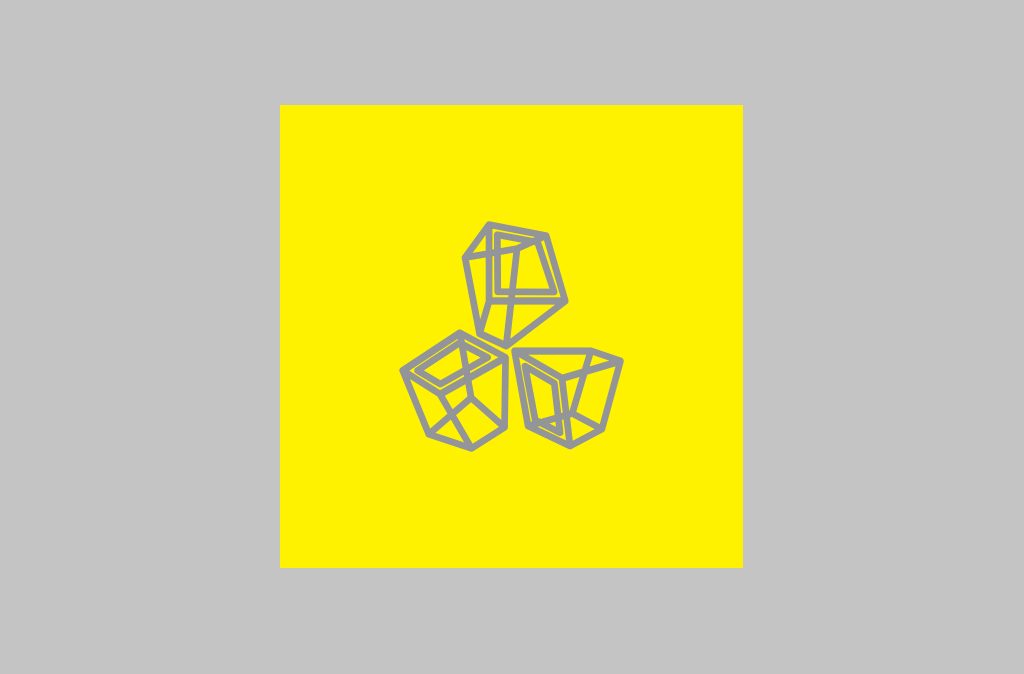

2) Create decorative patterns to enhance the visual
Another common practice is to complement your other elements and enhance the visual with geometric patterns, just like what we did for the Ear Up Music Global 18/19 visual design. We picked three basic geometric shapes, square, circle and triangle, as the decorative patterns to represent the vital message of the music programme. Coupled with the right colours and layout arrangement, the visual was completed nicely. Just remember that the patterns don’t have to be plastered all over the page because less is always more.
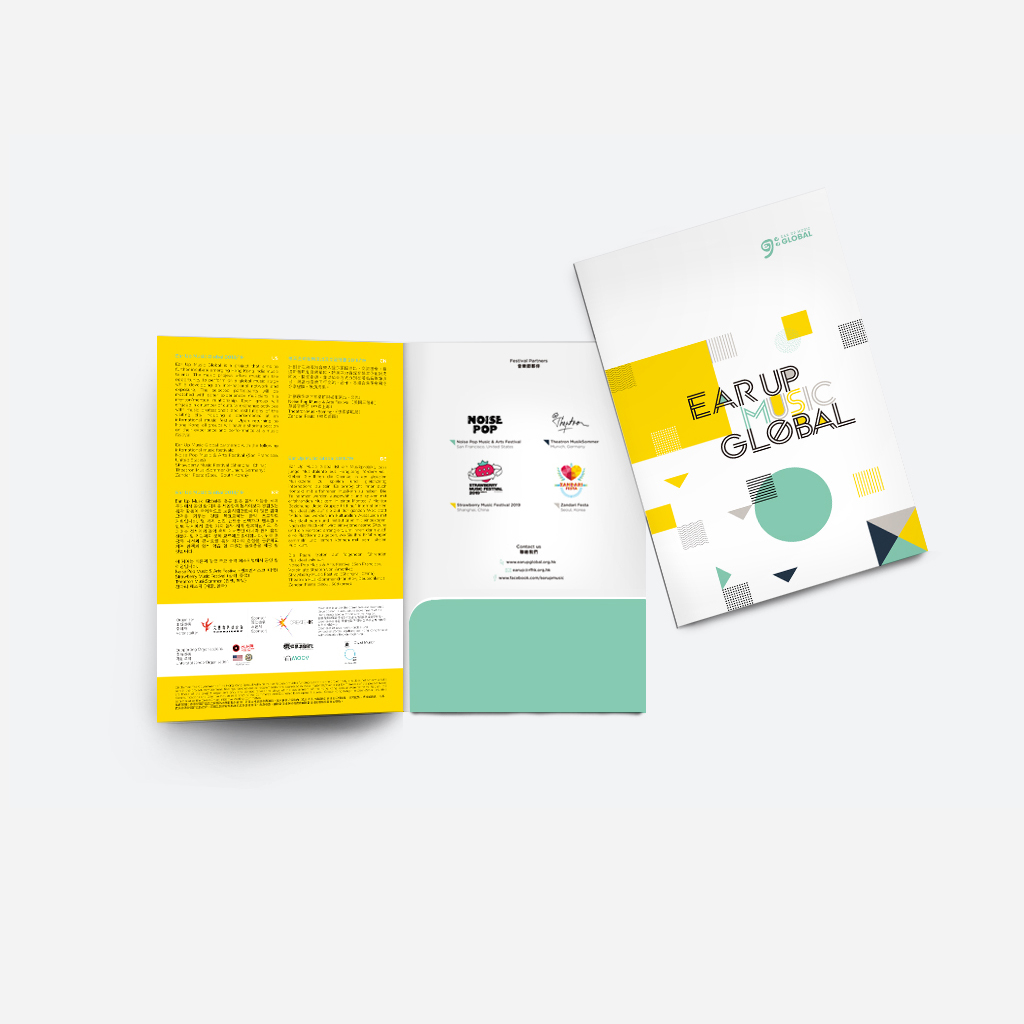
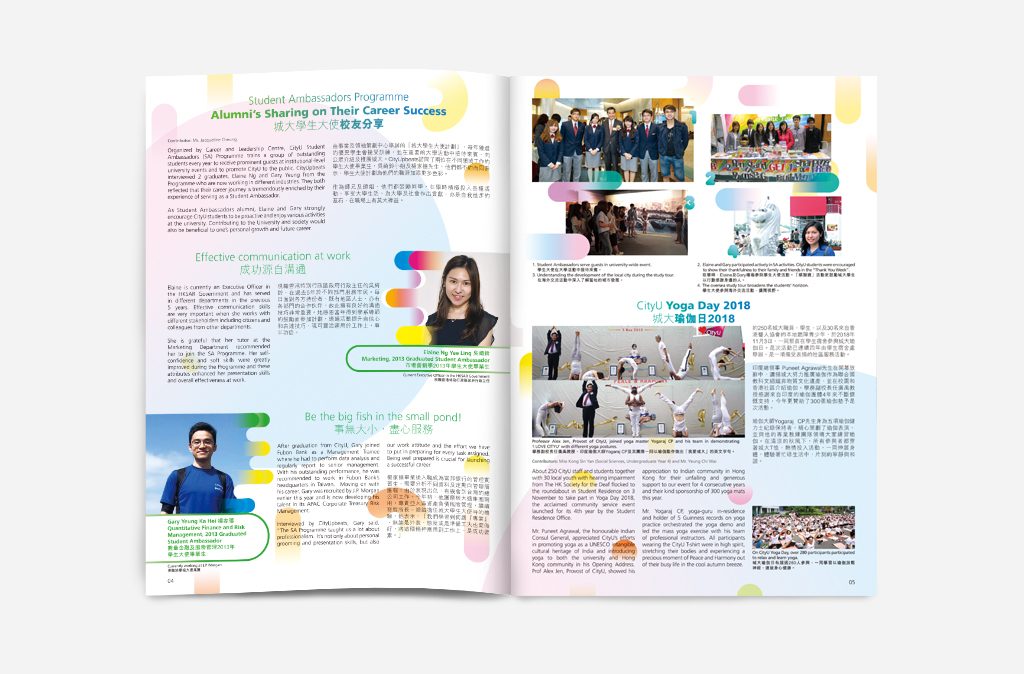
3) Crop photos into geometric forms
Looking for a creative way to spice up your photos or getting bored of regular square photo frames? Cropping the photos into various shapes helps give the photos a personality and offers a unique reading experience. You can also create tessellation with photos cropped into shapes to create a striking effect. By blending shapes with photography, you can get a game-changing result and set your design apart from the ordinary.
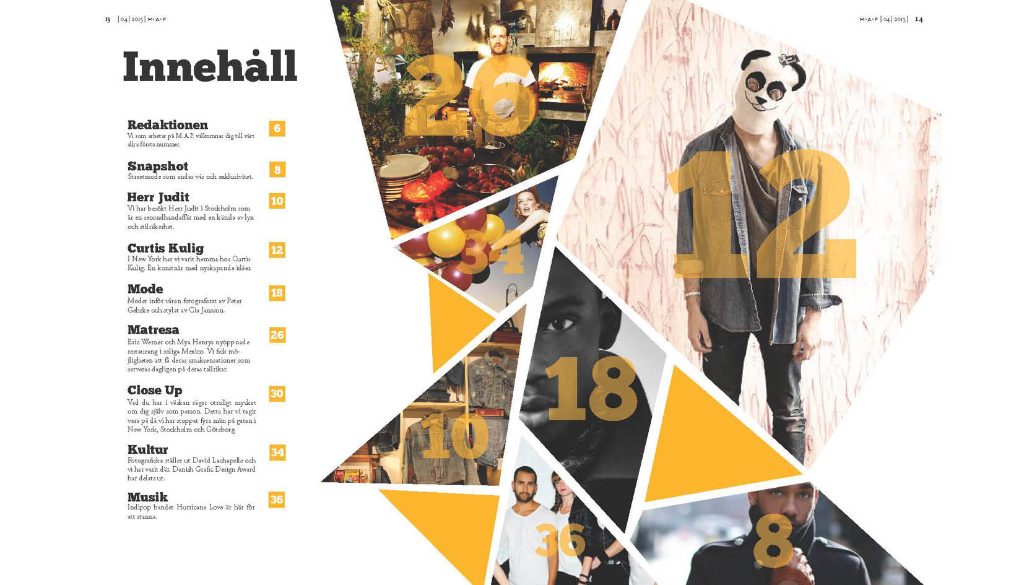
https://www.behance.net/gallery/8367323/MAP-Magazine
4) Use geometric shapes to form images
A creative way to use geometric shapes is using a variety of shapes to form an image. Just like the work by the London-based illustrator Liam Brazier, we can bring various shapes of different colour shades together to form a landscape, a person or any objects, thus giving the work a uniqueness. Reducing images to its basic forms can be an interesting way to engage your audience.
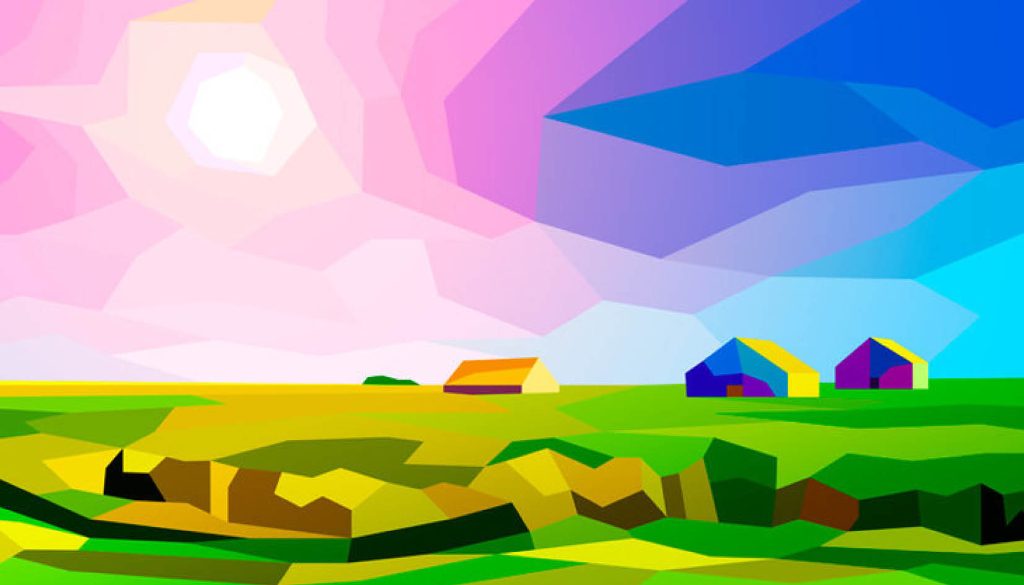
https://www.liambrazier.com/performing-miracles
5) Create isometric illustrations
Isometric illustrations are trending in the design world. Most of the time, geometric technique is used to create distinctive isometric illustrations. For example, the Isometric Exhibition poster used hard colours and squares to create the illusion that the shapes are popping off the page as if they are three dimensional. If you want to make your design more recognisable, go for putting geometry objects together to create isometric illustrations.
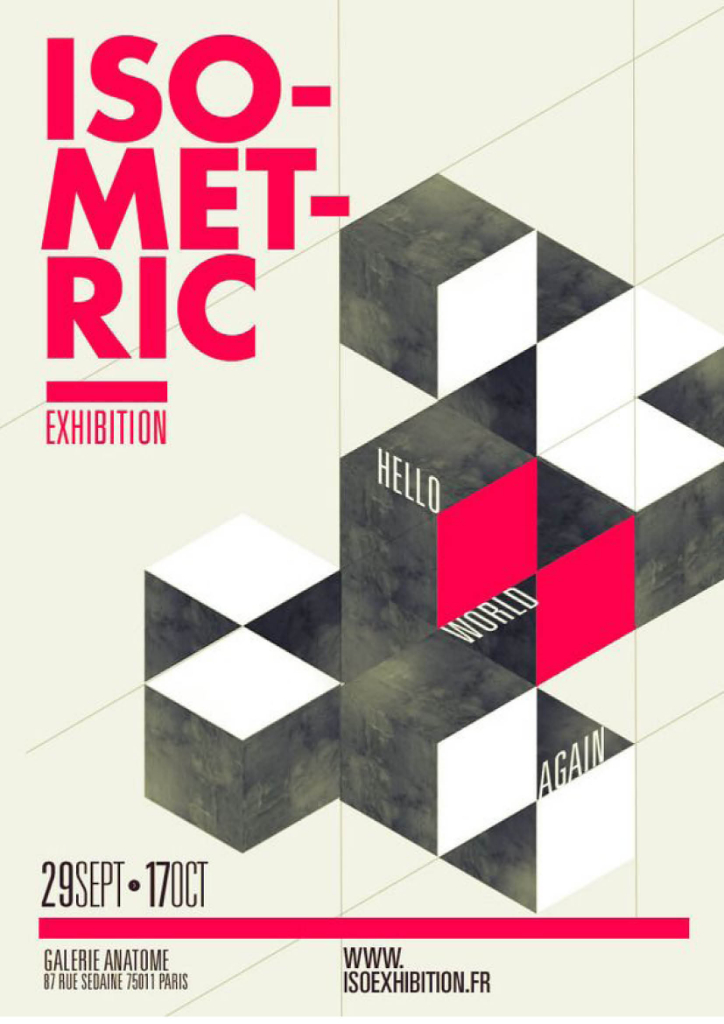
——————–
CC+ is well-versed in different areas of design and providing creative solutions. Feel free to approach us if you want your brand to make an impact with an appealing design.
Email: info@ccplusmedia.com
Tel: (852) 3460 5052

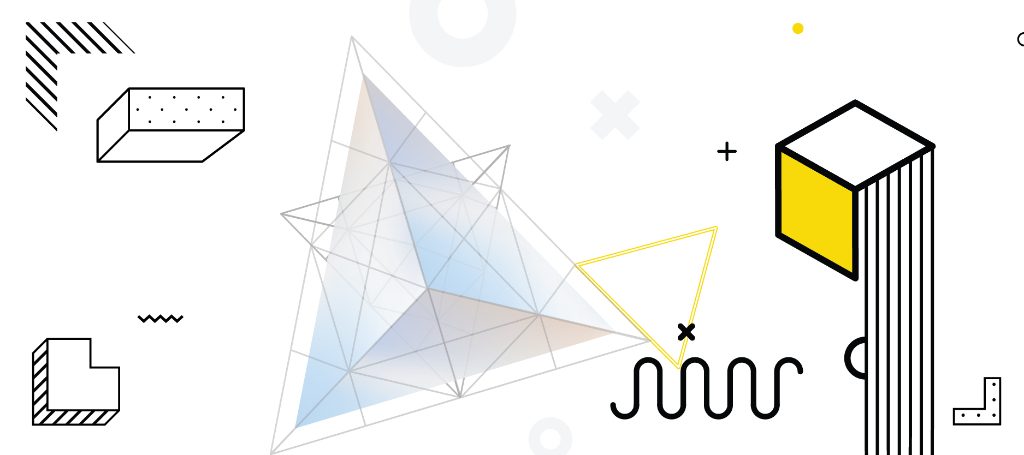
 © 2018 CC+
© 2018 CC+